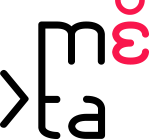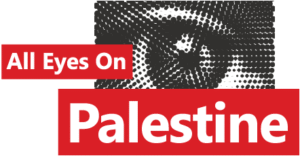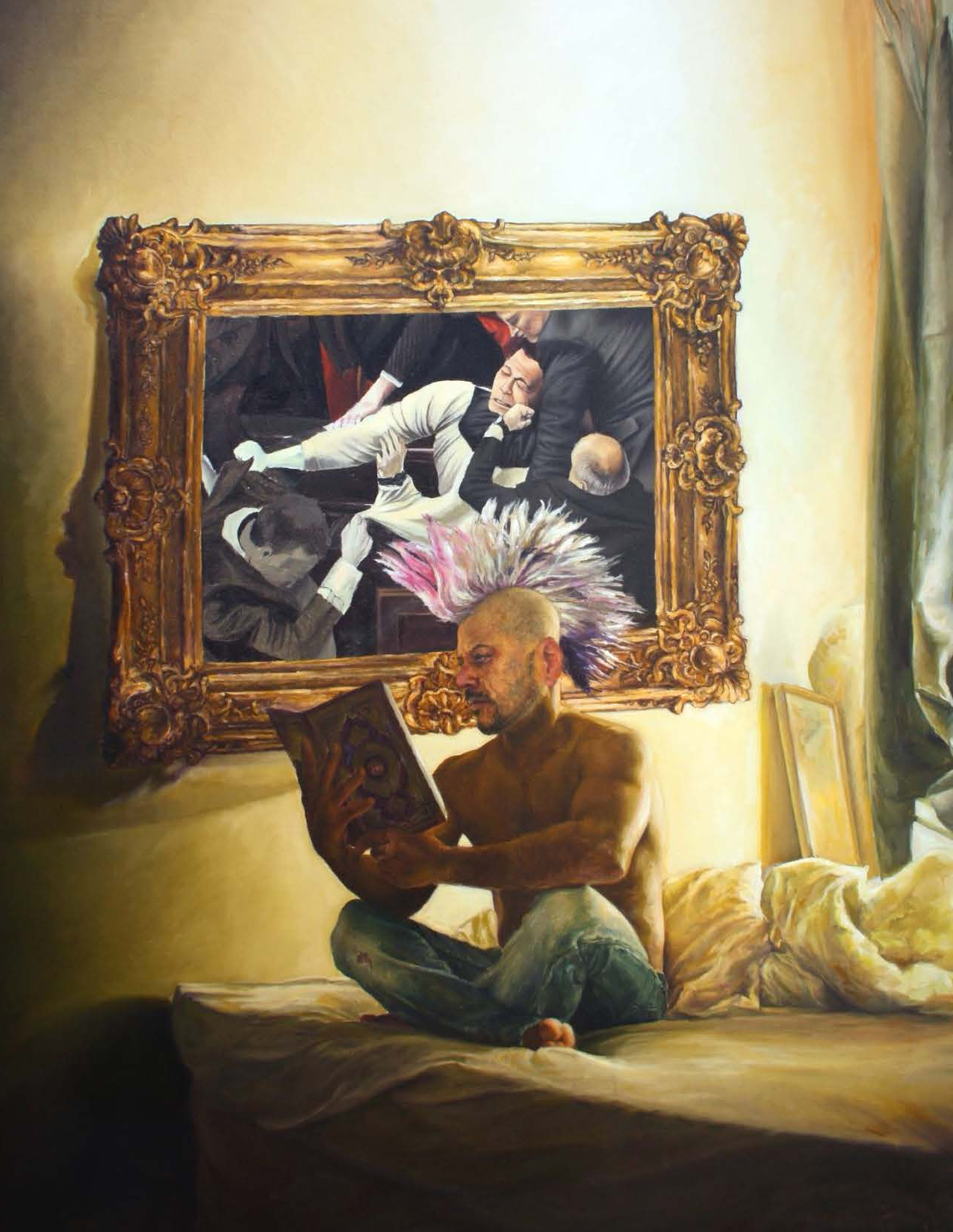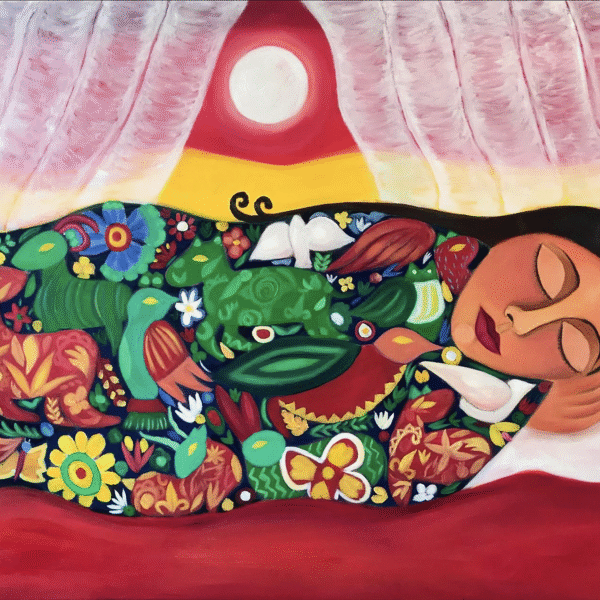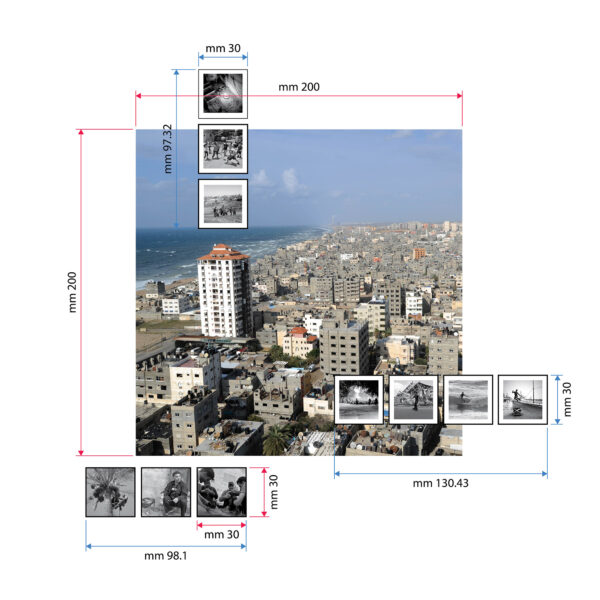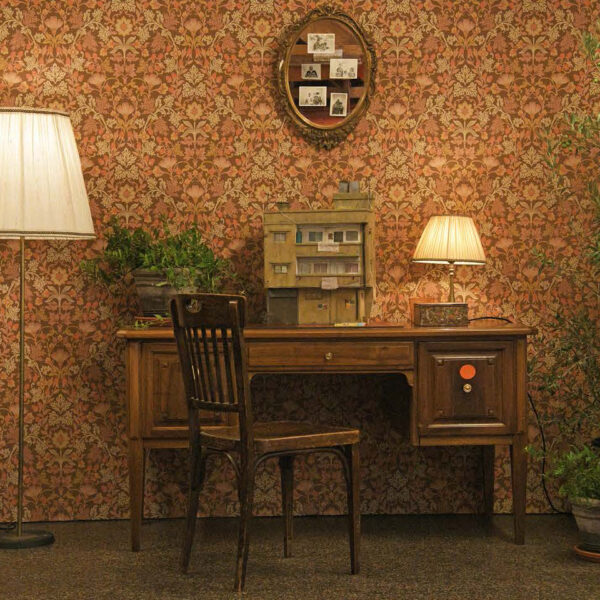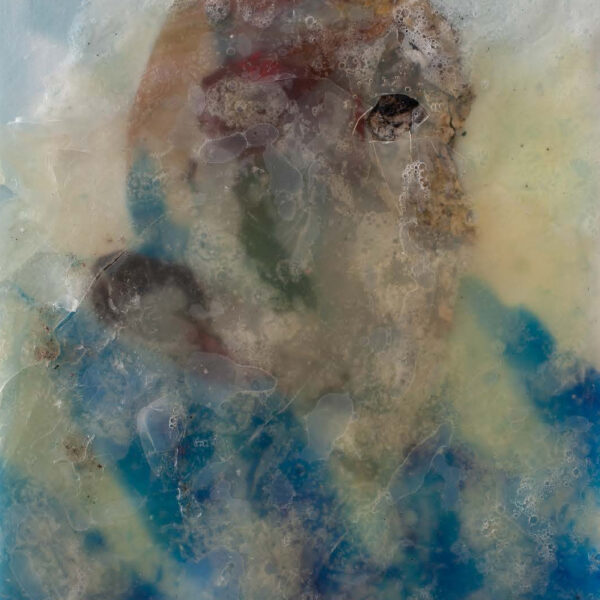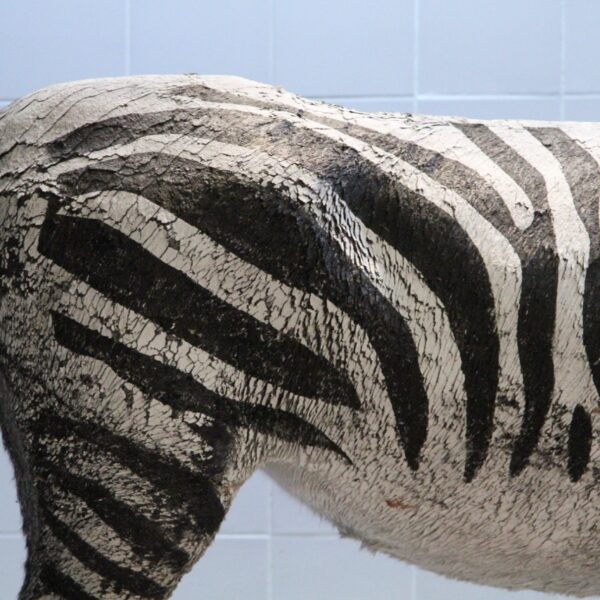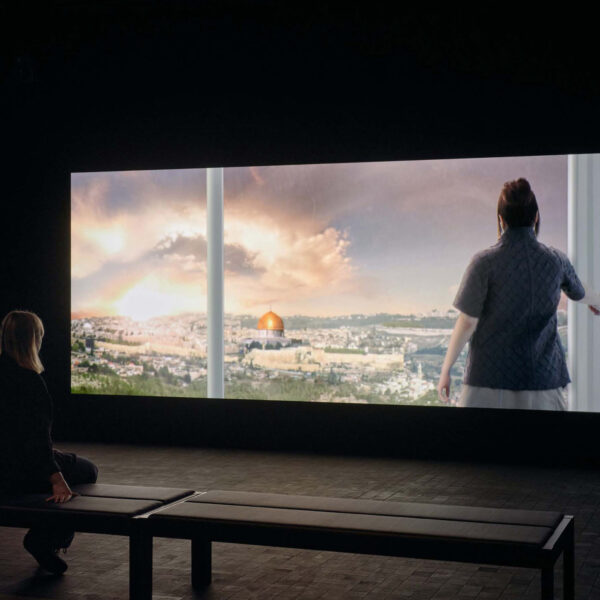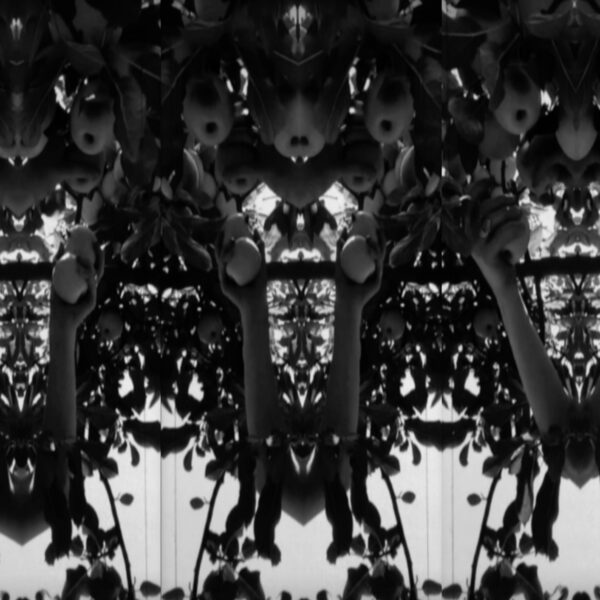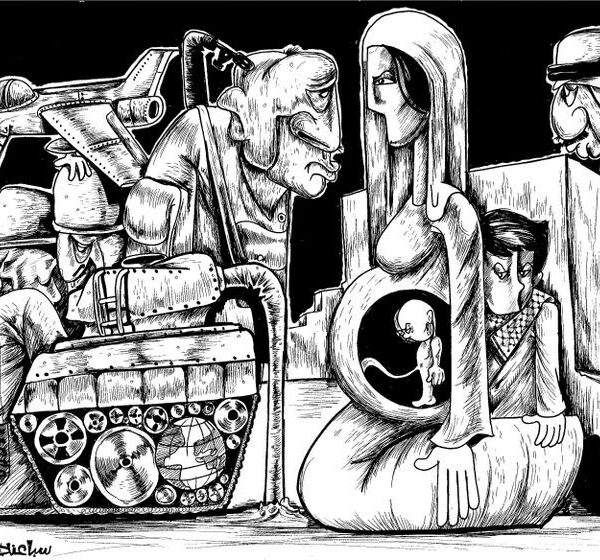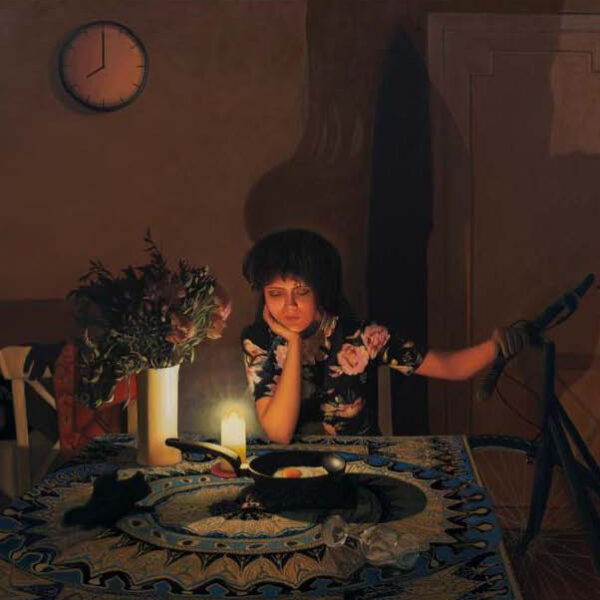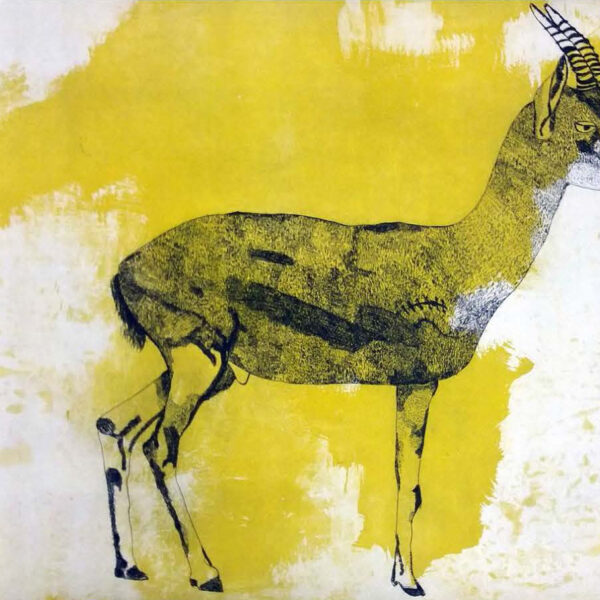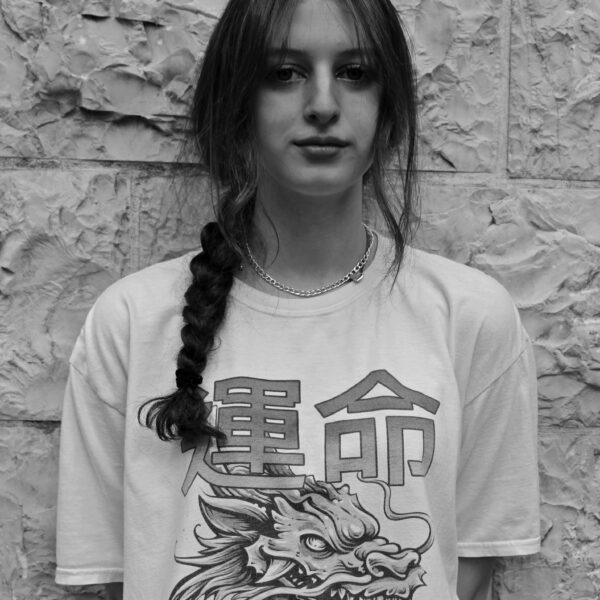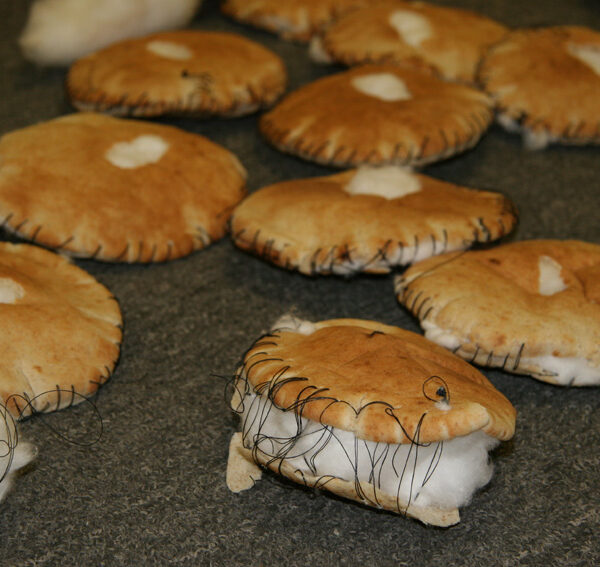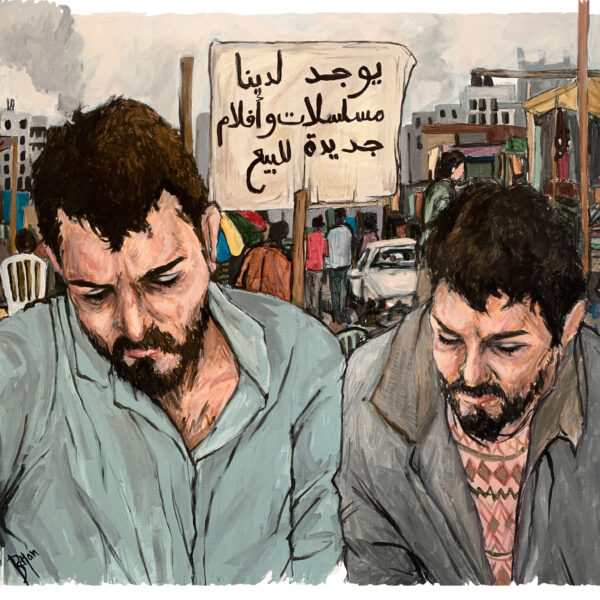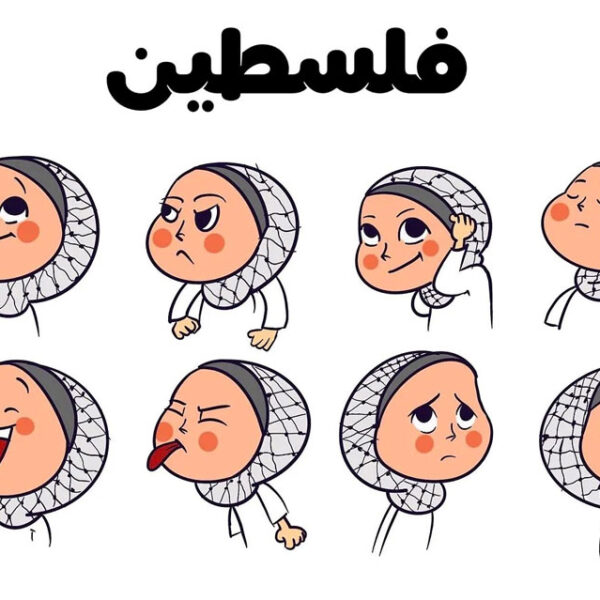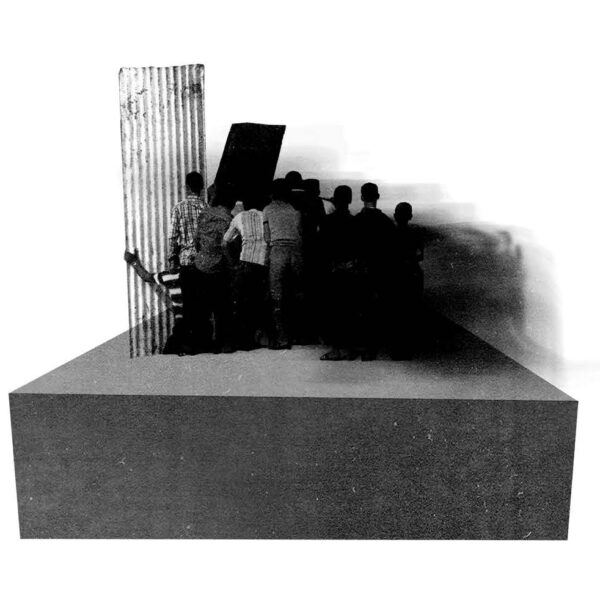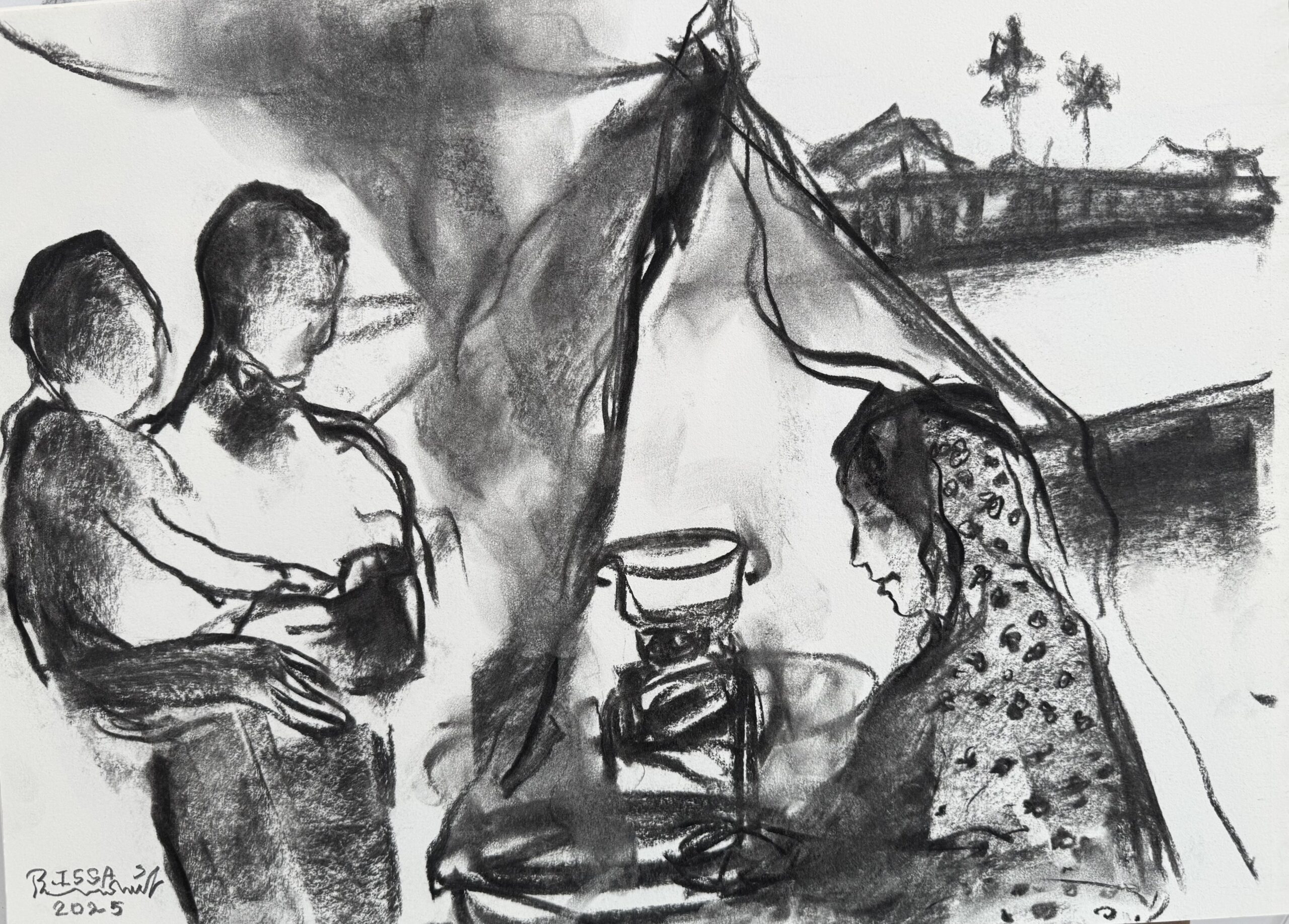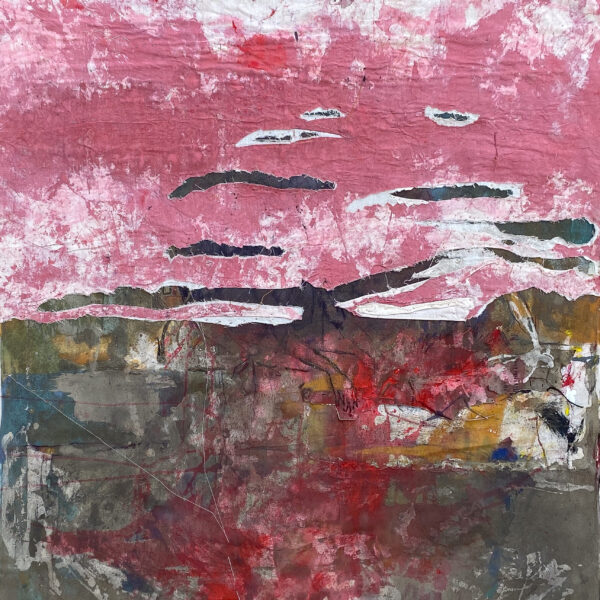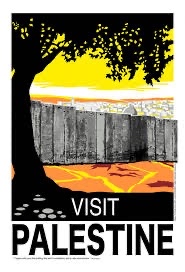Shadi Alzaqzouq
Mapping the Return
Shadi Alzaqzouq (b. 1981), also known as Shadi Al-Zaqzouq, is a Palestinian visual artist, activist, and musician born in Libya. His hyperrealist paintings focus on themes of evolution and territorial occupation. He has resided in France since 2007.
Shadi Alzaqzouq is a Palestinian visual artist born in Libya in 1981, raised between Benghazi and Gaza, and now based in Paris. His hyperrealist work confronts the realities of occupied land and diasporic existence. Through technical virtuosity—marked by meticulous, razor-sharp detail—Alzaqzouq transforms figures, landscapes, and archetypal symbols into visual testimonies of Palestinian resistance and identity.
His art is deeply political because it is rooted in personal experience—exile, denied mobility, loss—while resonating as collective narrative. In his Evolution Underground series, human bodies emerge from tunnels like living fossils, driven by the longing to reconnect with a denied homeland. This visual imagery reframes forced migration as an evolutionary paradox: an extreme adaptation that is both poetic and political.
Alzaqzouq’s activism also takes form in public interventions. In 2015, he participated in Banksy’s Dismaland project, where he staged a protest by covering his own works with sheets reading “R.I.P Gaza: Boycott Israel” and lying beside them. The organizers censored the act as an “ugly protest,” yet it powerfully reignited debates about cultural boycott as resistance.
His art rejects sentimentalism. Instead, he wields sharp irony, intertwining religious symbols, structures of occupation, and fragmented bodies evoking martyrs and protest actions. In this visual language, resistance becomes evolution: tunnels, underground spaces, and bodies moving through earth transform into emblems of survival and imagined return.
Shadi Alzaqzouq proves hyperrealism can remain radical. With surgical precision, his paintings pierce through normalization’s veil, forcing viewers to confront what is systematically erased: land, body, and occupied identity. Here, every brushstroke is political—not by declaration, but by its unflinching clarity in depicting the denied identity.
@ Elettra Stamboulis All rights reserved
Works
Artists
